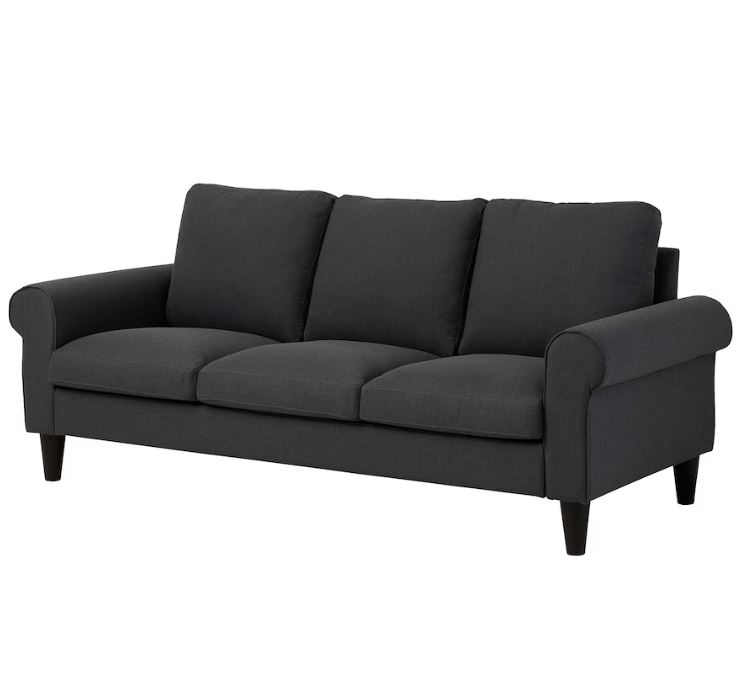In today’s ever-evolving world of interior design, personal expression is more important than ever. Gone are the days of matching furniture sets and monotonous color schemes. Instead, homeowners are embracing individuality, creativity, and personality—especially when it comes to sofa upholstery. One standout trend leading the charge is mixing and matching sofa upholstery. This bold design approach blends various textures, colors, and fabrics to create eye-catching, dynamic living spaces that feel as curated as they do comfortable.
Why Mixing and Matching Works
Mixing and matching may sound risky to the traditional decorator, but when done right, it creates a sense of depth and visual interest that can’t be achieved with uniform upholstery. Think of it like layering fashion: a well-paired denim jacket over a silk blouse creates dimension and personality. Similarly, blending upholstery materials such as leather, velvet, linen, and cotton allows a space to feel rich and thoughtful.
By incorporating a variety of upholstery options, you add:
- Texture variety: Different fabrics catch the light and feel different to the touch.
- Color contrast: Harmonious or complementary tones make your space pop.
- Design flexibility: It gives you the freedom to update one element without changing the whole room.
- A personalized look: Your space reflects your taste, not a showroom floor.
Popular Combinations That Work
Leather + Fabric
Combining the sleekness of leather with the softness of a fabric like chenille or cotton offers a balanced look. A leather armchair paired with a fabric-upholstered sofa, or a leather couch with fabric accent cushions, is a common yet effective mix.
Velvet + Linen
Velvet’s luxurious sheen contrasts beautifully with linen’s relaxed, natural vibe. Use a velvet loveseat with linen side chairs for a high-low aesthetic, perfect for modern glam or bohemian themes.
Patterned + Solid Colors
A patterned sofa in stripes or florals can be offset by a solid-colored upholstered bench or ottoman. This allows one piece to act as the statement, while the other provides visual calm.
Neutral + Bold Tones
Neutral beige or grey sofas can be paired with bright, bold upholstery like emerald green or mustard yellow on a secondary seating piece. This adds color without overwhelming the space.
High Pile + Low Pile Fabrics
Mixing plush upholstery like bouclé or shag with sleeker textures like faux leather or smooth cotton creates a rich tactile experience.
Tips for Mixing and Matching Like a Pro
Stick to a Cohesive Color Palette
Choose a central color scheme and work within that range. This keeps the design from looking chaotic. For example, earthy tones like terracotta, beige, and moss green pair well across multiple textures.
Vary the Scale of Patterns
If using patterns, avoid visual clutter by pairing large prints with small ones or balancing a bold design with a more subtle one.
Use Accessories to Tie Things Together
Throw pillows, rugs, and curtains can help bridge the gap between different upholstery styles. A cushion with elements of both a chair’s and a sofa’s fabric can visually unite the pieces.
Balance Visual Weight
Don’t let one half of the room feel heavier than the other. Distribute bold fabrics, colors, and textures evenly throughout the space to maintain harmony.
Test with Small Pieces First
If you’re hesitant, start with smaller upholstered items like ottomans, stools, or side chairs before diving into full-sized sofas or sectionals.
Where to Use This Approach
Living Rooms:
The living room is the best place to experiment with mixed upholstery. Blend a structured leather sofa with plush velvet armchairs, or pair a bold-patterned settee with a minimalist chaise lounge.
Offices or Libraries:
Mixing traditional leather with soft textiles like tweed or bouclé gives workspaces a luxurious, layered feel without sacrificing professionalism.
Open-Plan Spaces:
Use mixed upholstery to subtly divide zones within an open-plan area. For instance, use textured fabric on lounge furniture and sleeker materials in a dining or work corner.
Upholstery Care Considerations
When combining multiple fabrics, be mindful of their maintenance needs. Leather may need occasional conditioning, while velvet and linen may require gentle cleaning. Be sure to choose performance fabrics for high-traffic areas and consult with your supplier on fabric durability ratings.
Final Thoughts
Mixing and matching sofa upholstery Abu Dhabi is not just a design trend—it’s a movement toward more expressive, individualized living spaces. Whether you’re pairing sleek leather with soft linen, or balancing bold prints with calm neutrals, the possibilities are endless. This approach adds depth, creativity, and unmistakable personality to your interiors.
So go ahead, break the matchy-matchy mold. Let your furniture speak for you—loudly, softly, luxuriously, or casually—just not uniformly.

